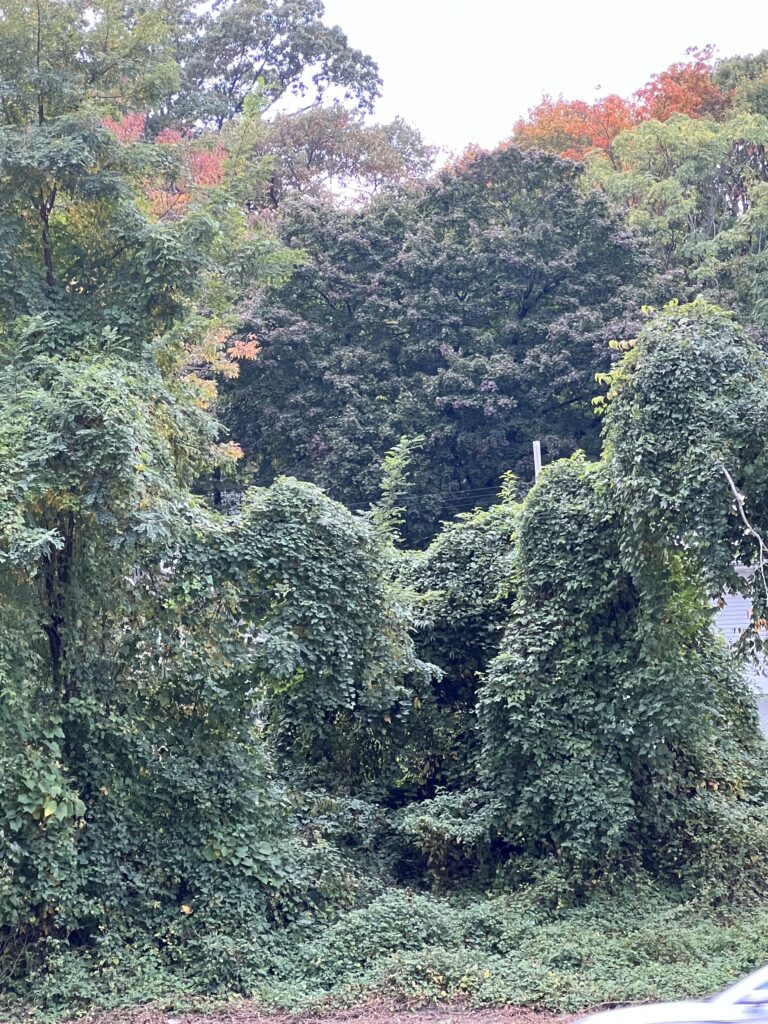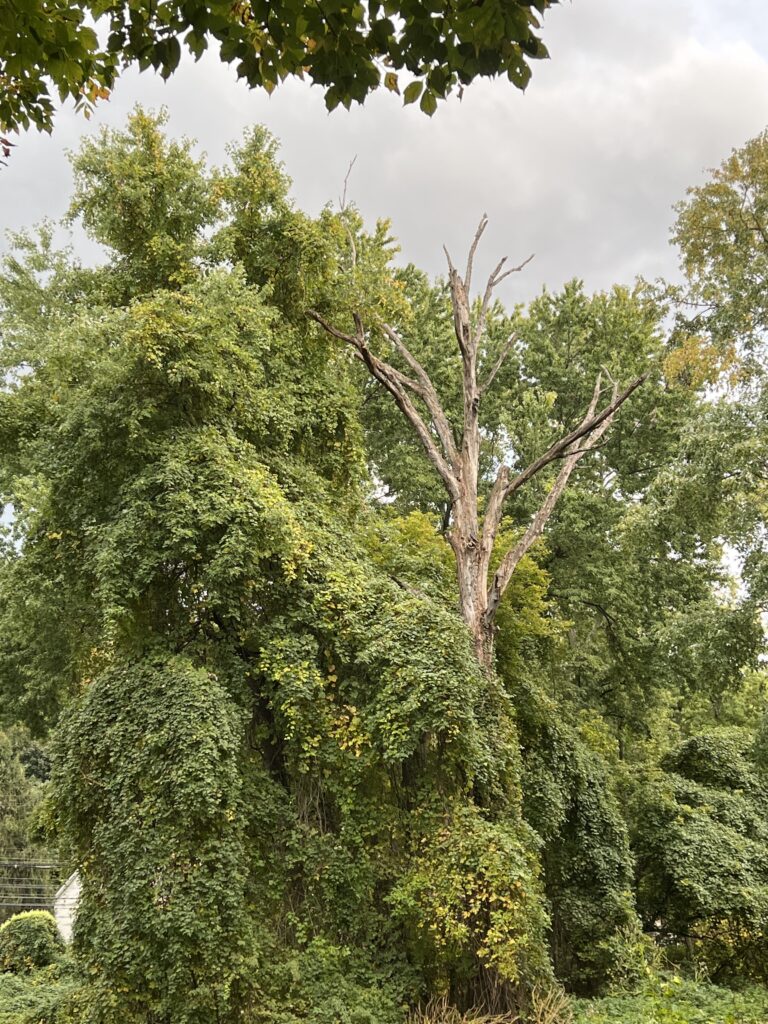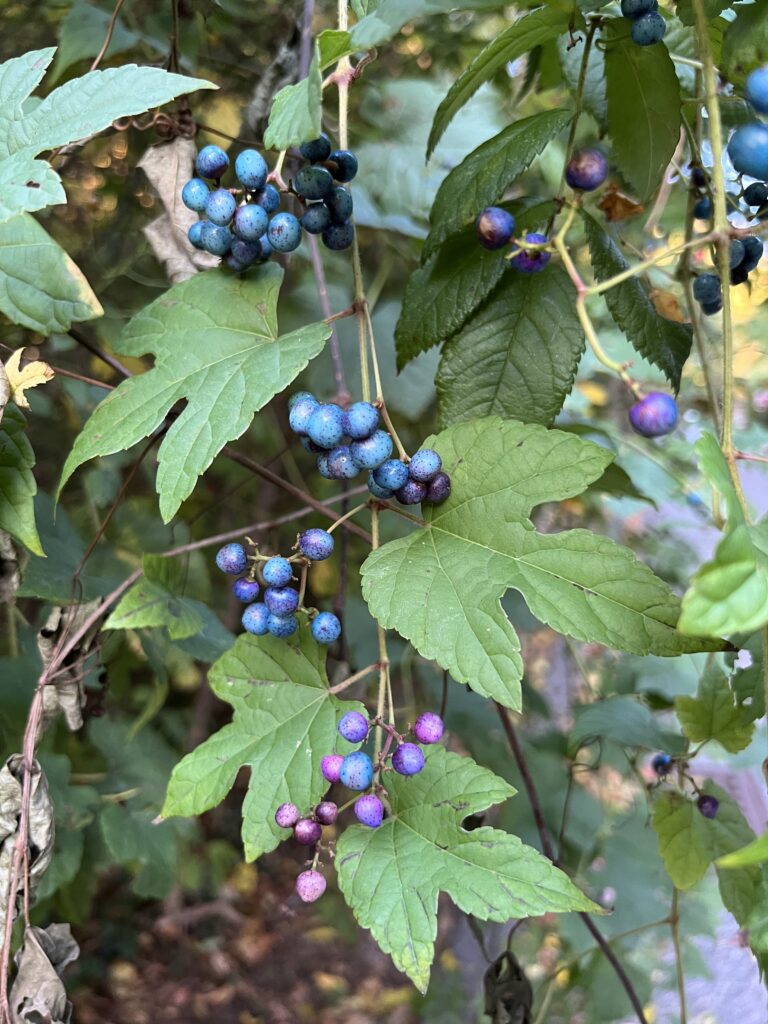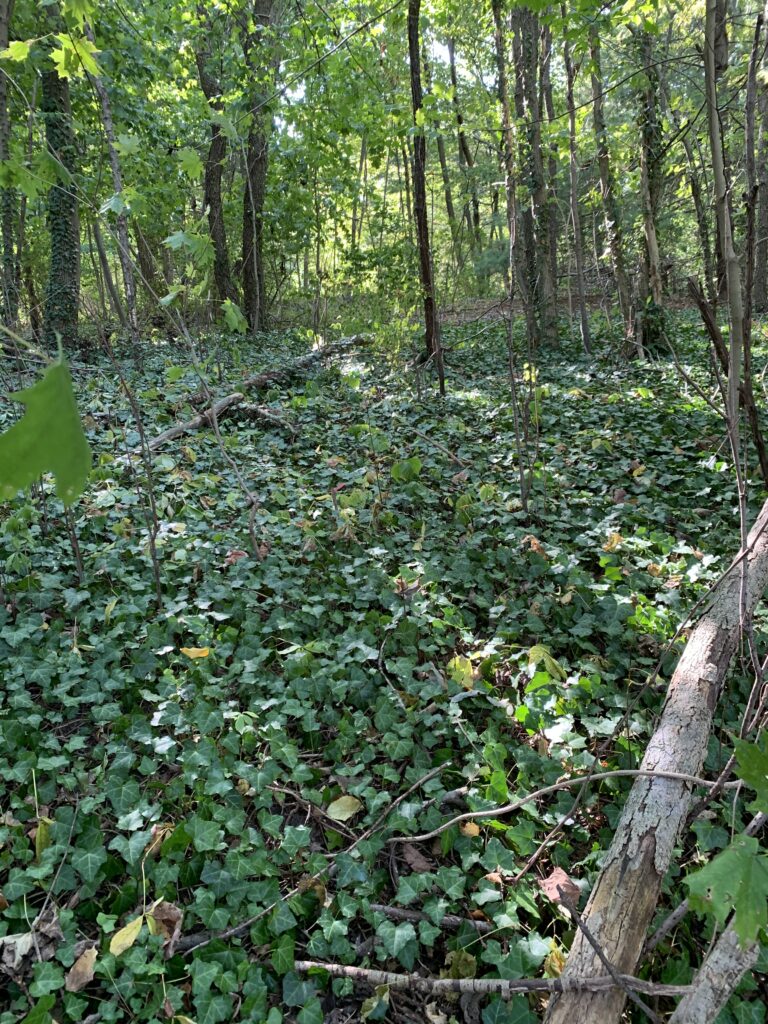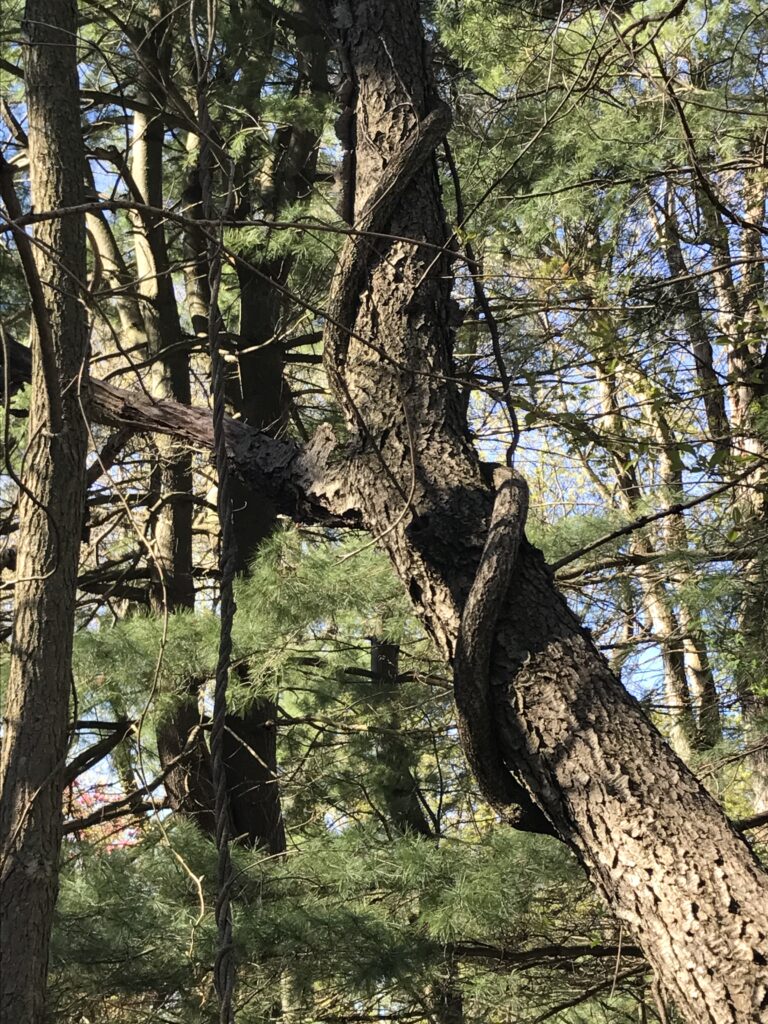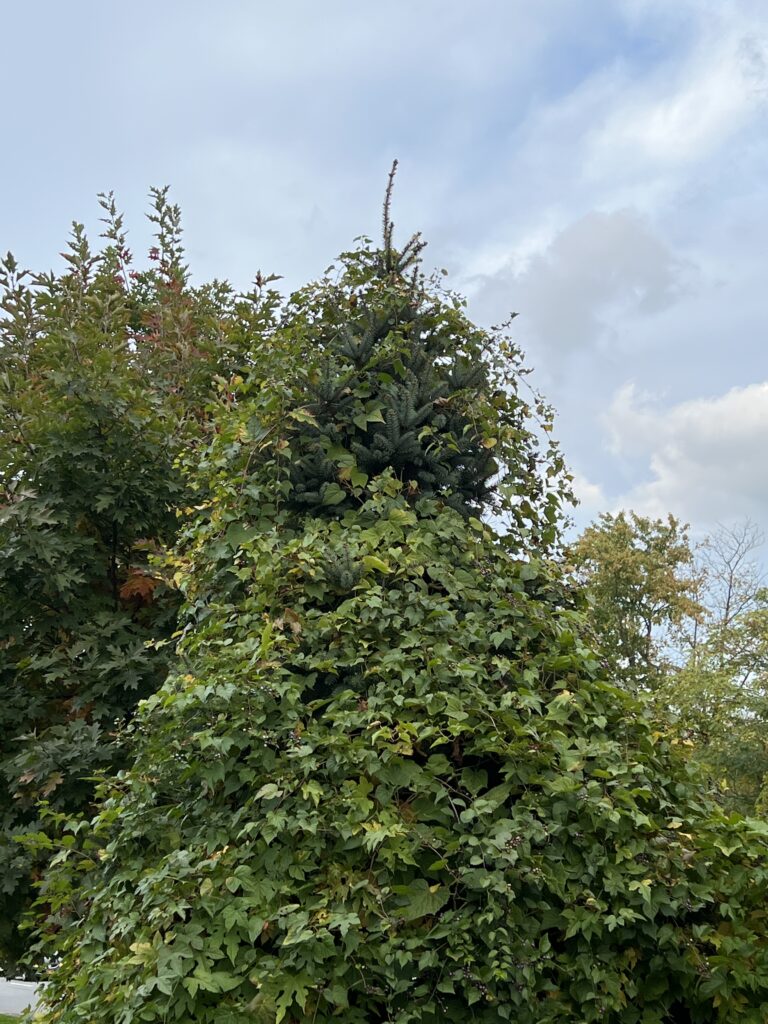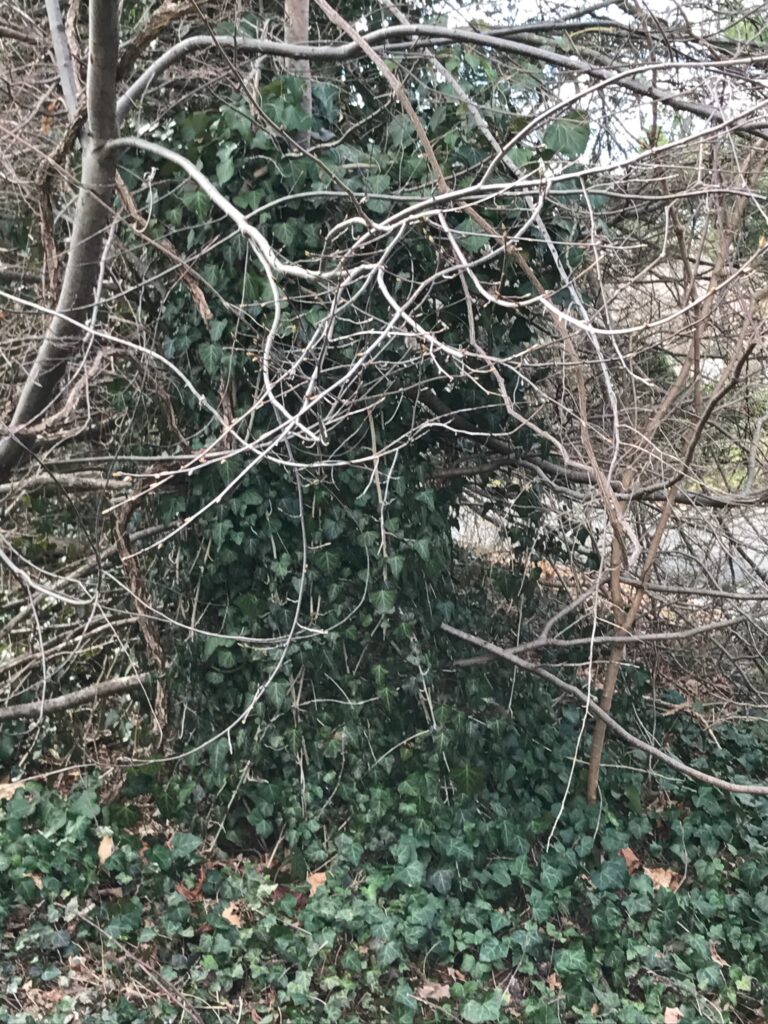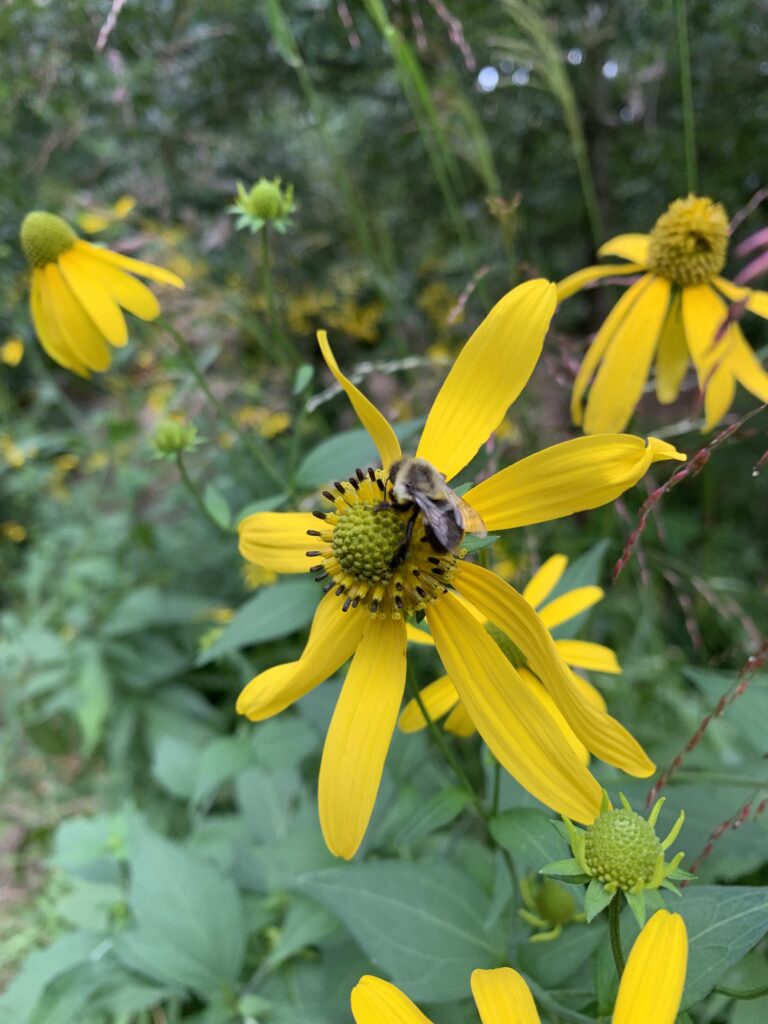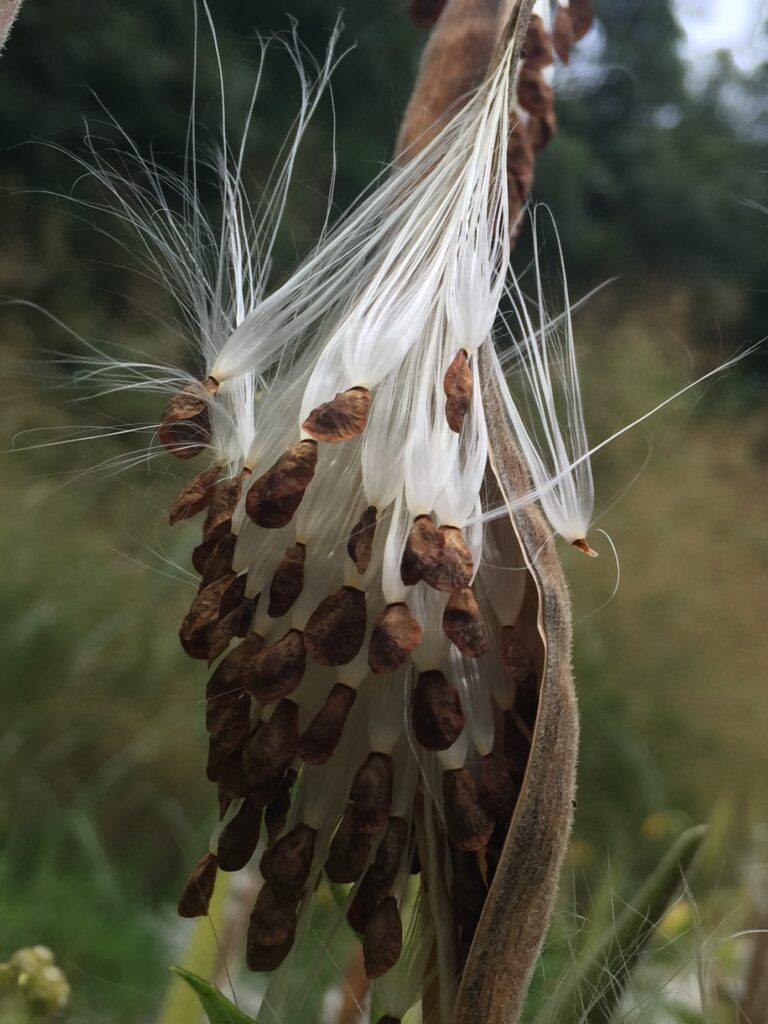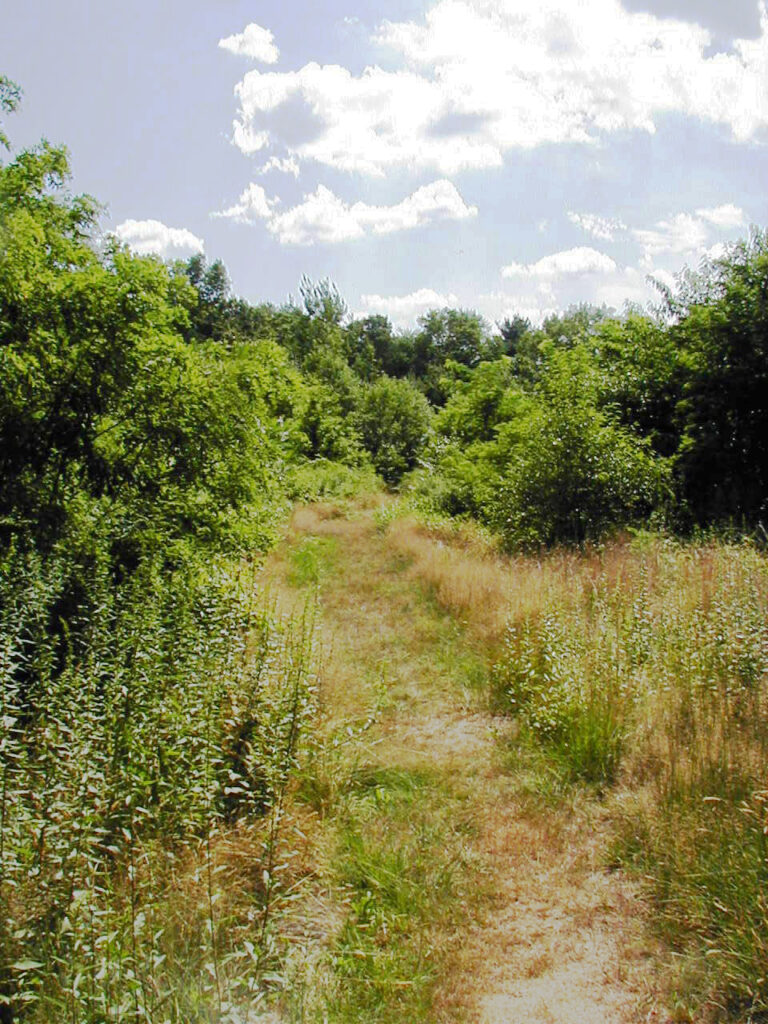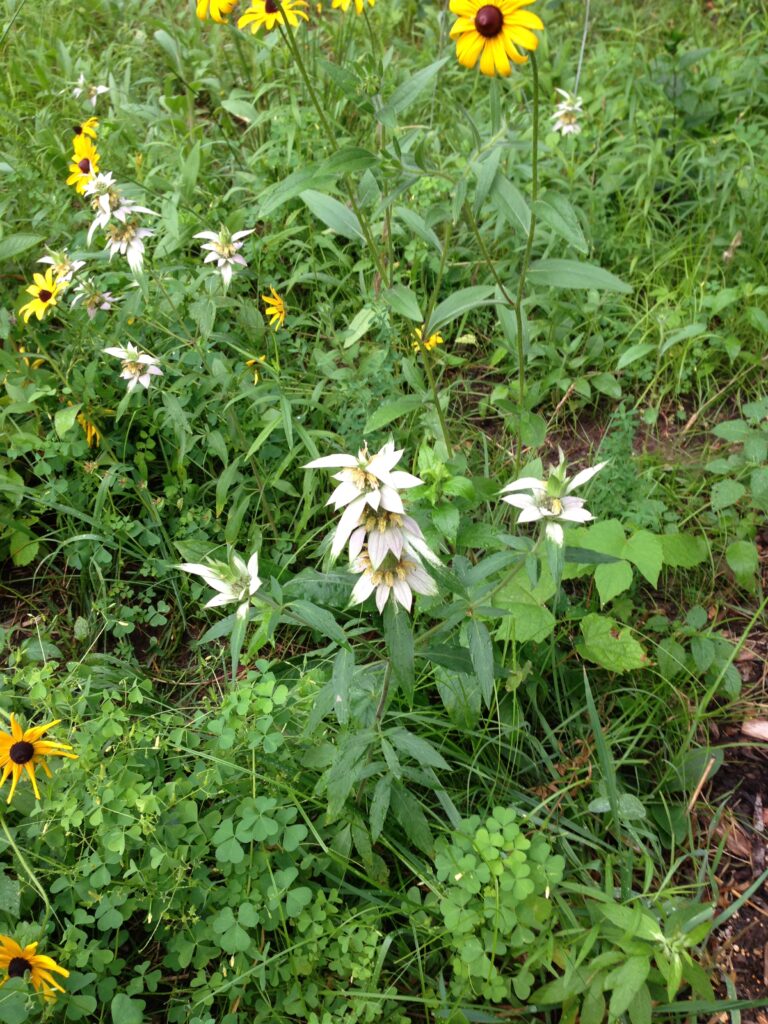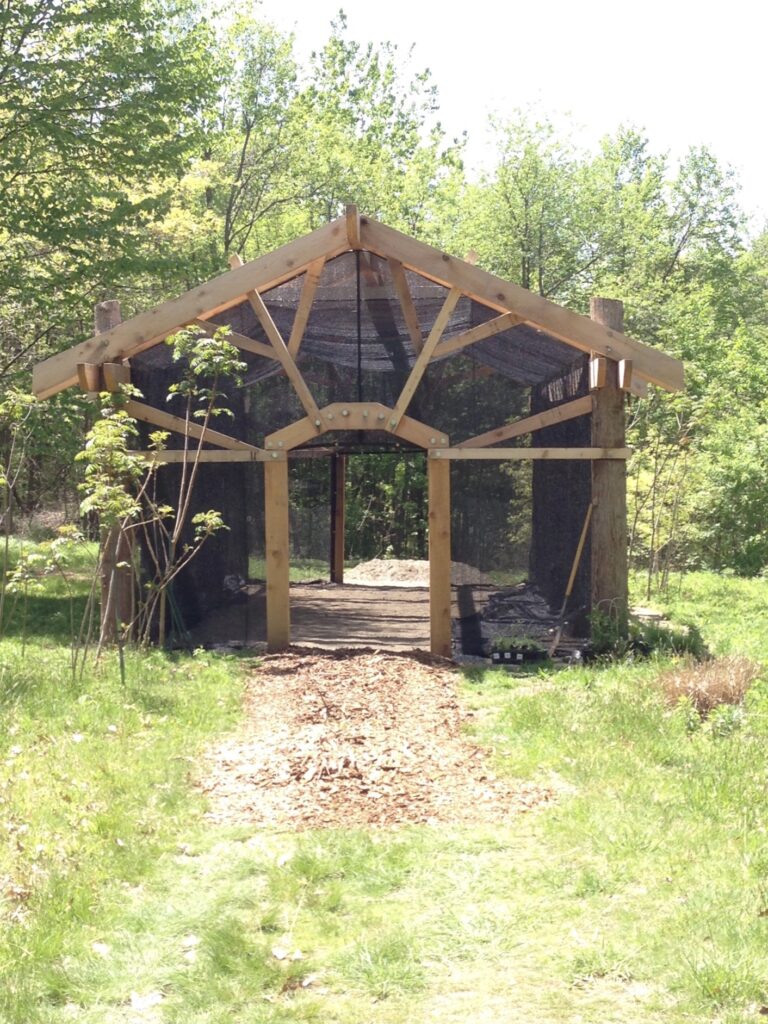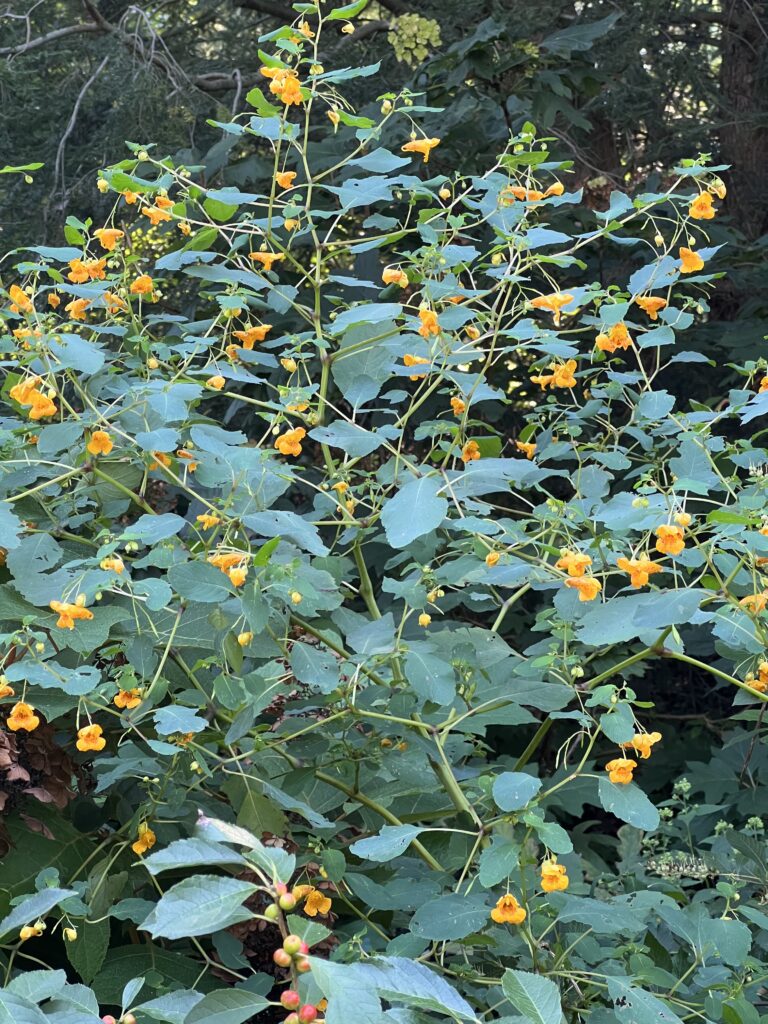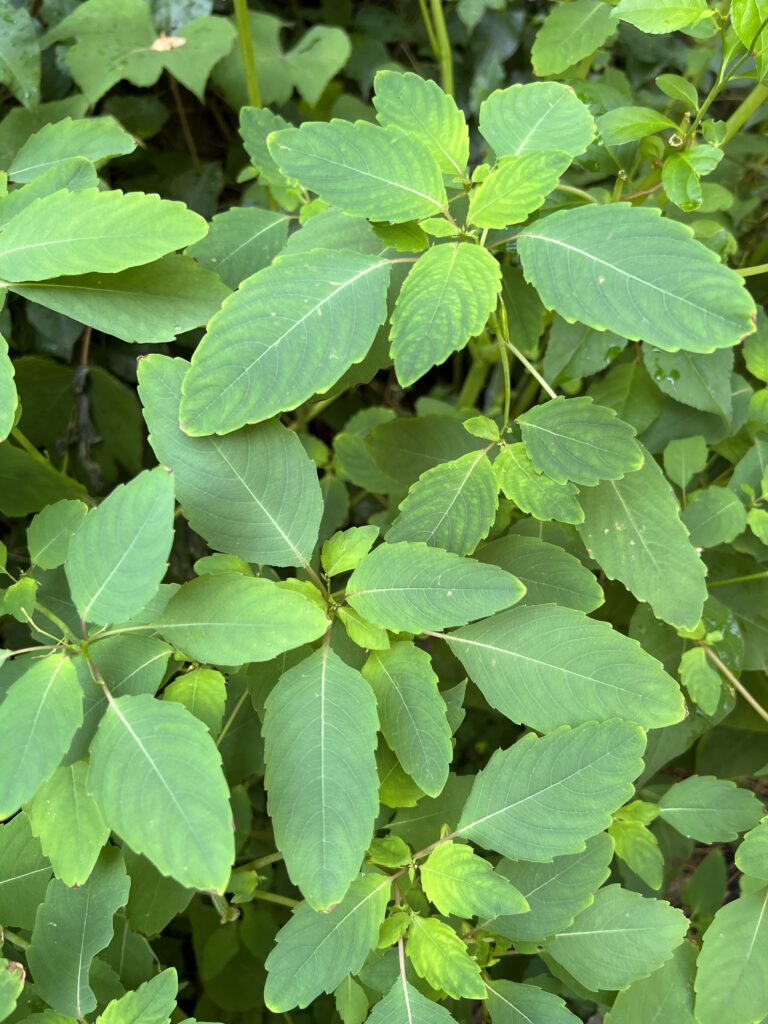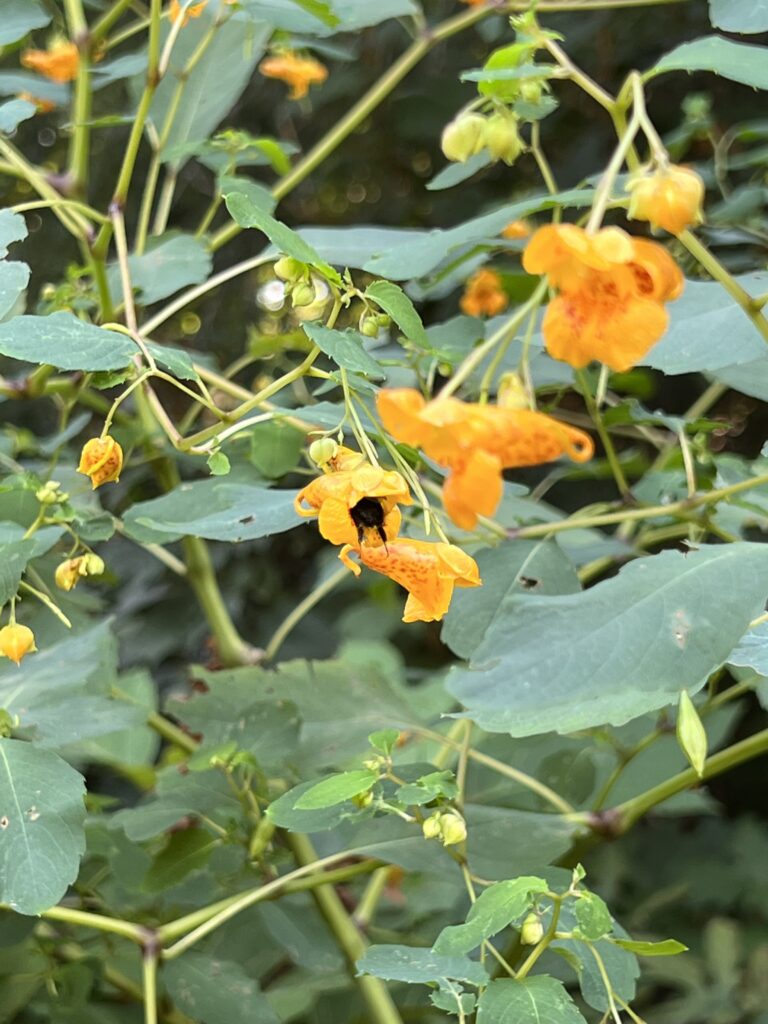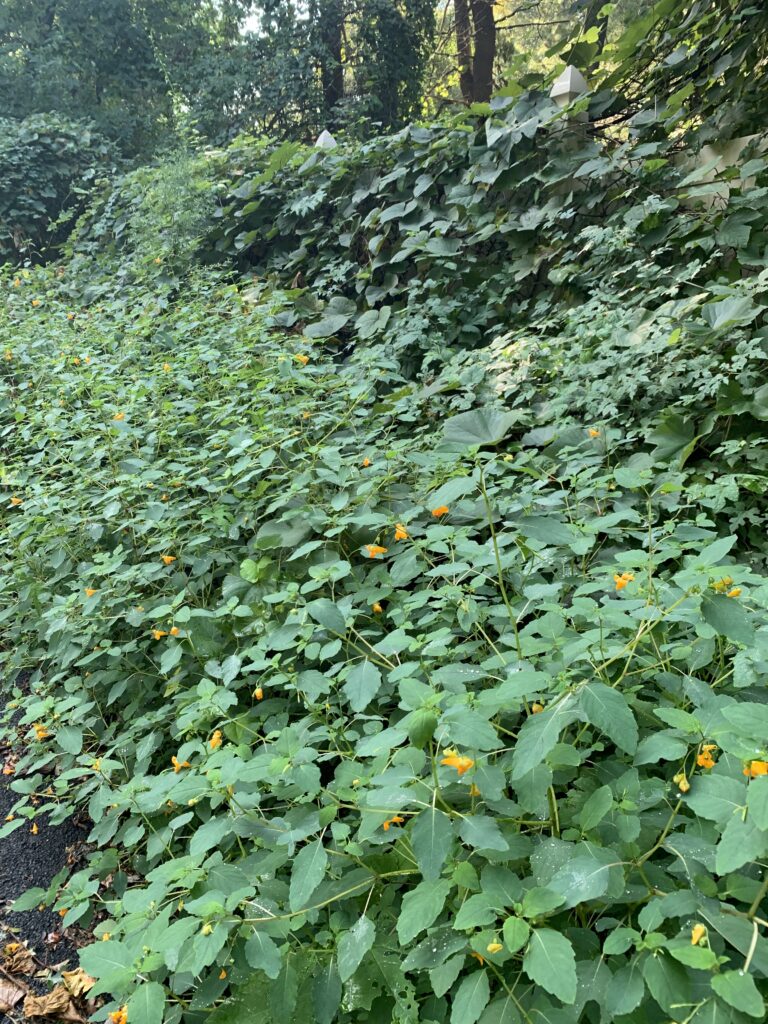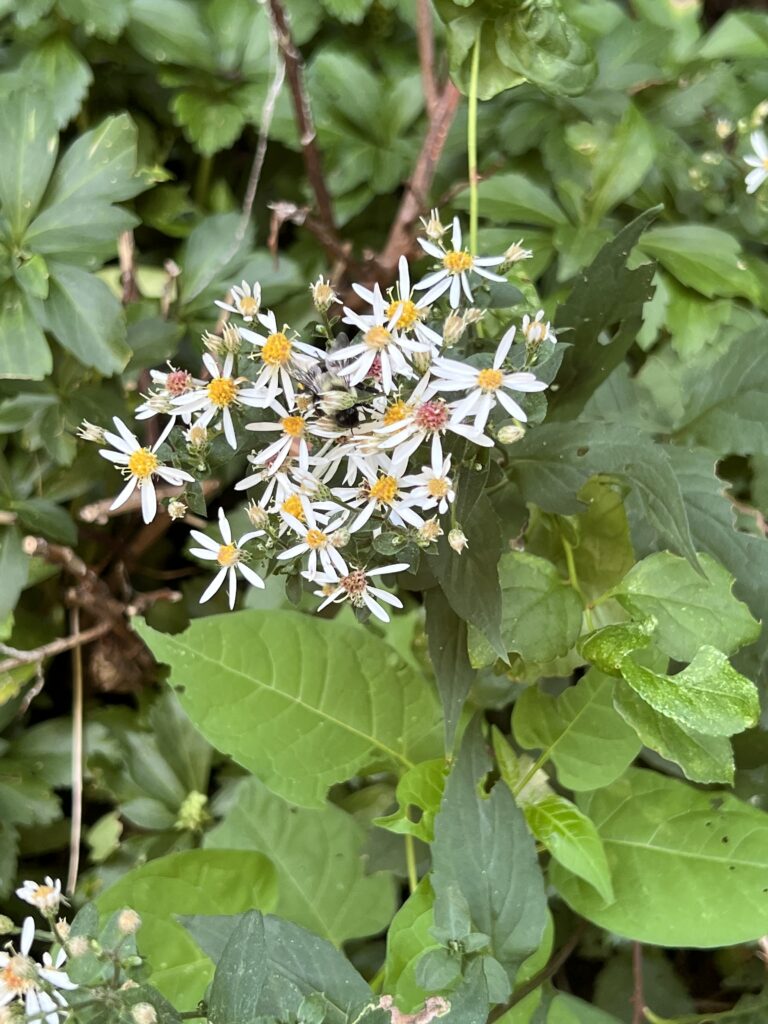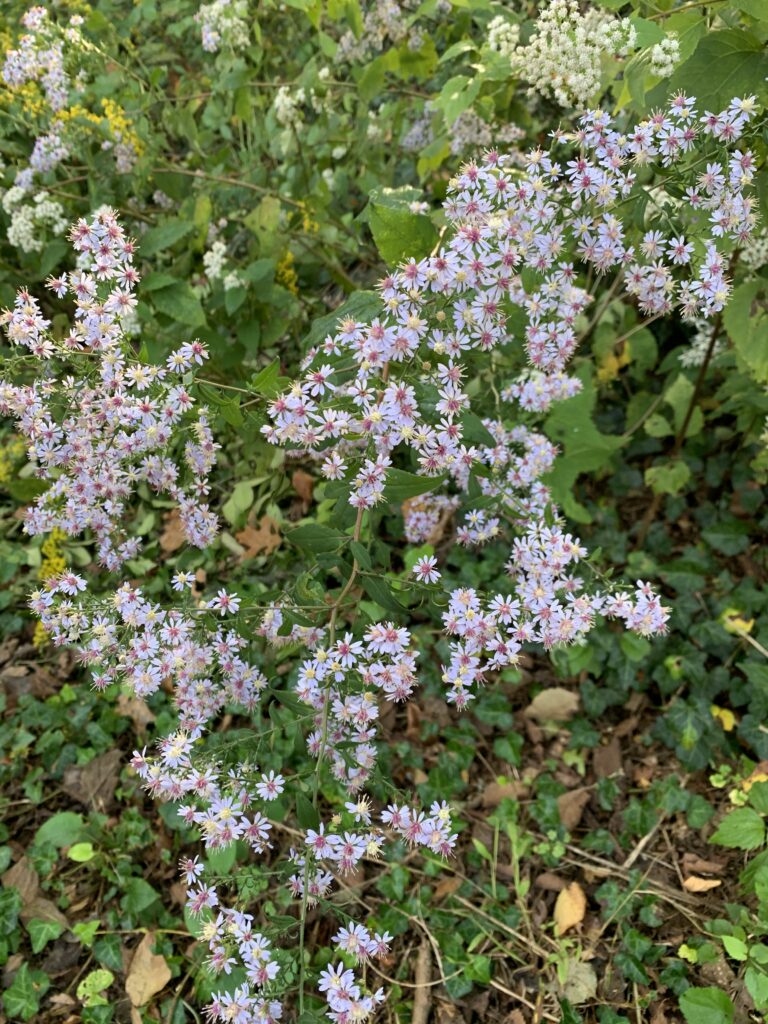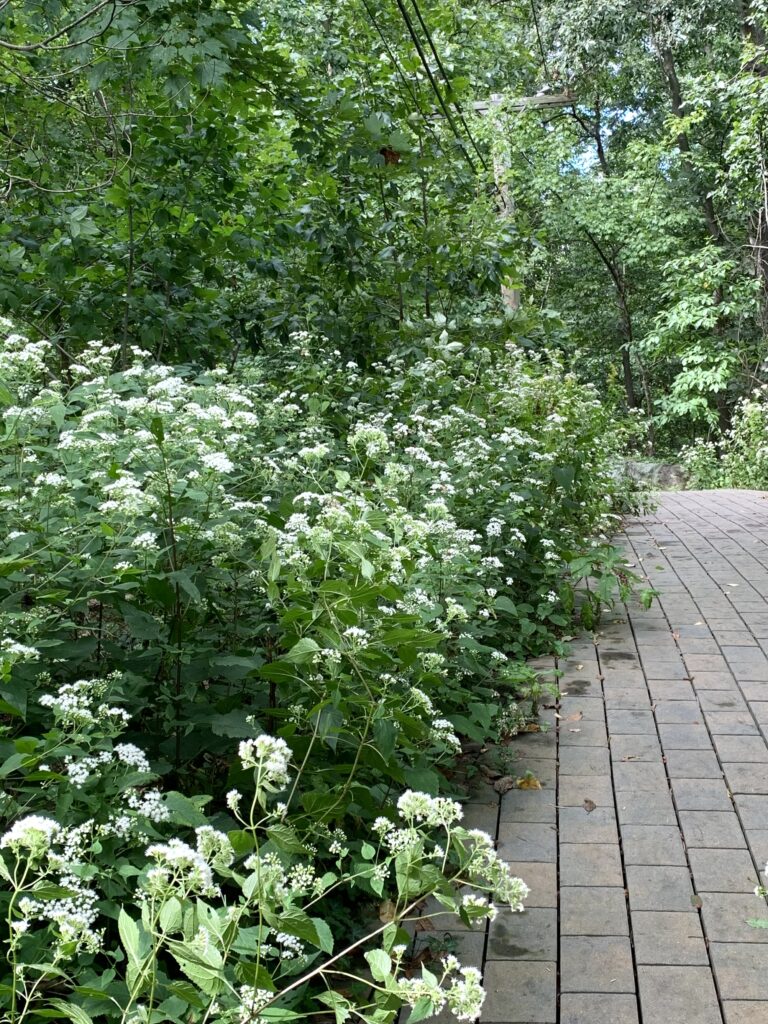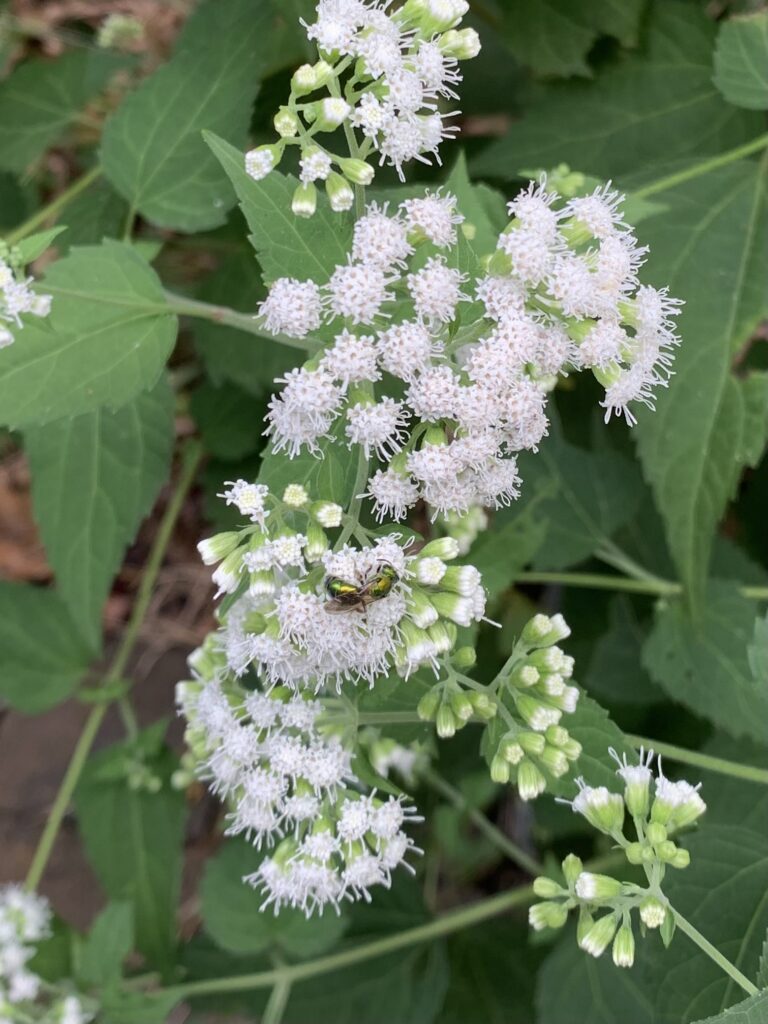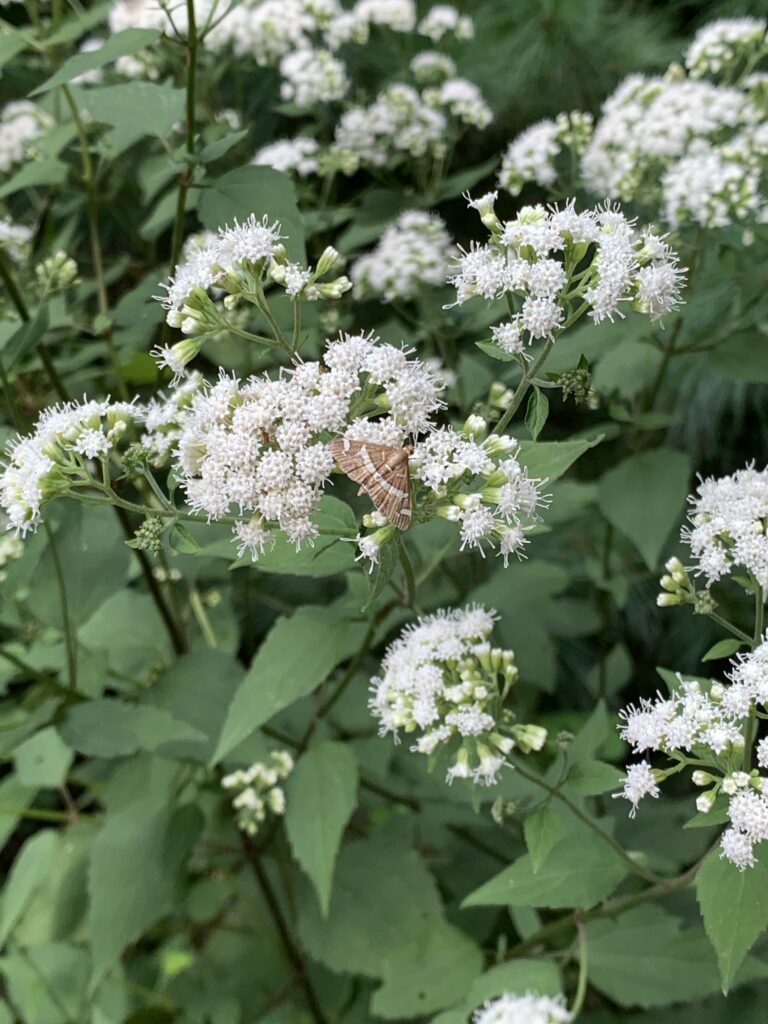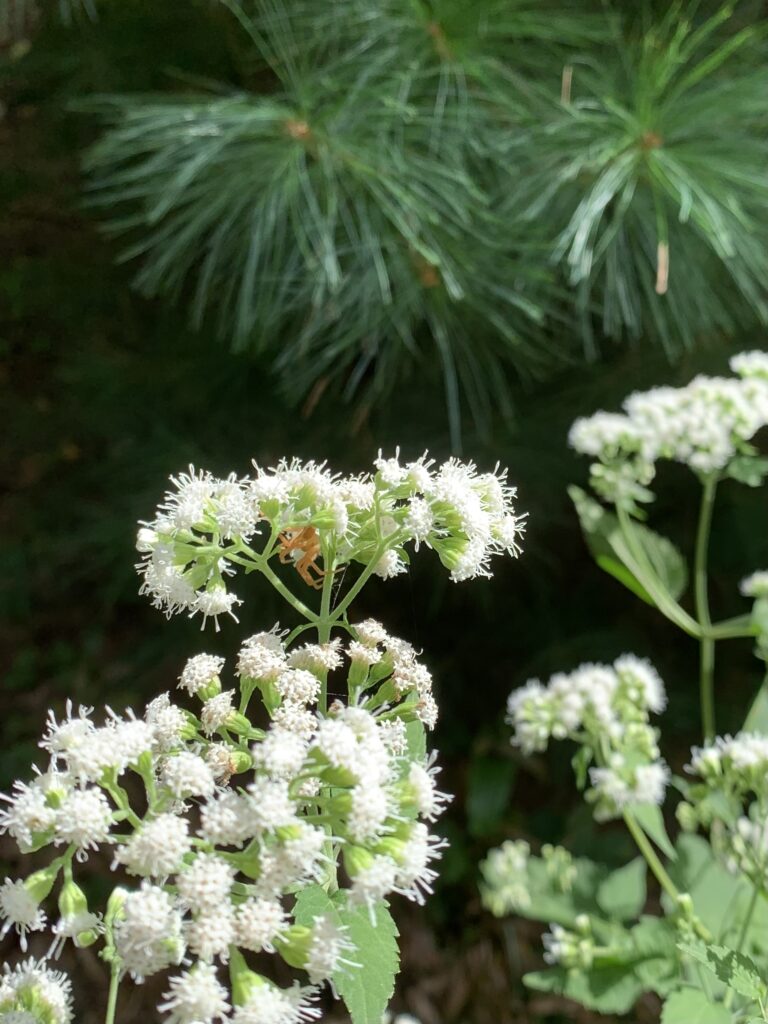
Everybody loves hydrangeas. But especially at this time of year, it’s the Oakleaf Hydrangea that really steals the show. Just when other hydrangeas start dropping their leaves, Oakleaf Hydrangea (Hydrangea quercifolia) lights up the landscape with colors ranging from hot pink to deep burgundy. The shrub holds its leaves until very late in the fall, and the colors keep changing for weeks — so the show lasts well past Thanksgiving!
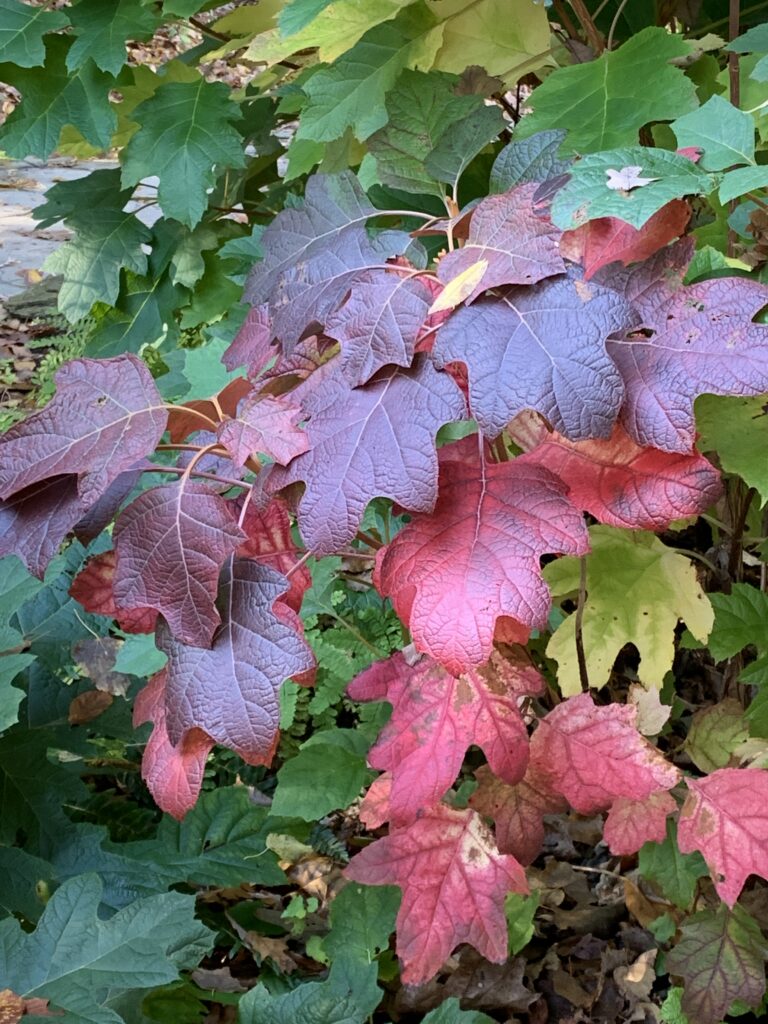


Oakleaf Hydrangea is a flowering shrub native to woodlands in the Southeastern US, from Georgia and Tennessee to Florida. It does very well in more northern gardens and is an excellent year-round landscape shrub in Zones 5 to 9, and even in Zone 4 with some protection. It prefers moist soil, but is surprisingly drought tolerant once established, especially with some afternoon shade. The fall color is best with more sun, so a morning sun/afternoon shade situation is ideal. Oakleaf Hydrangea is fast growing and can occupy a space 10-12 feet high and wide in just a few seasons. It is easily pruned for size, but should be pruned just after flowering to avoid cutting off the flower buds that form later in the season.
The scientific name “quercifolia” means “oak-shaped leaves.” The shrub is not related to oaks, but the leaves do resemble very large oak leaves. Interestingly, the leaves of the shrub grow significantly larger in shade than in sun. Deer resistance is questionable. Deer have not bothered the shrubs at the Nature Center, but neighbors report deer browsing, especially on younger plants.
Fall color may be the “hy-light,” but Oakleaf Hydrangea has advantages over non-native hydrangeas in other seasons as well. In spring, Oakleaf Hydrangea leafs out earlier than Asian mop-head hydrangeas (Hydrangea macrophylla) and seems to be less vulnerable to late spring ice storms. While mop-head hydrangeas suffer significant winter die-back, leaving lots of twiggy stems into late spring, Oakleaf Hydrangea fills in attractively and reliably by the end of May.

Oakleaf Hydrangea blooms in June with large cone-shaped clusters of white flowers. The 4-petaled outer flowers are sterile, and their only purpose is to attract pollinators to the tiny fertile flowers hiding underneath. A huge variety of bees and other tiny insects feed on the pollen produced by the smaller flowers.
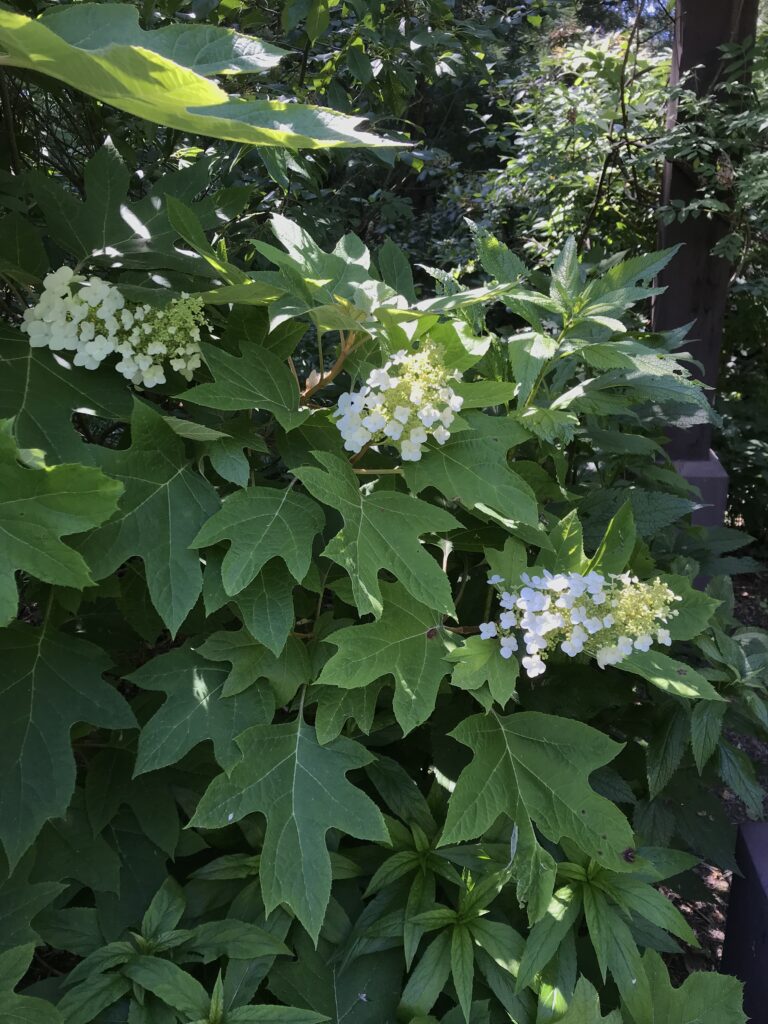

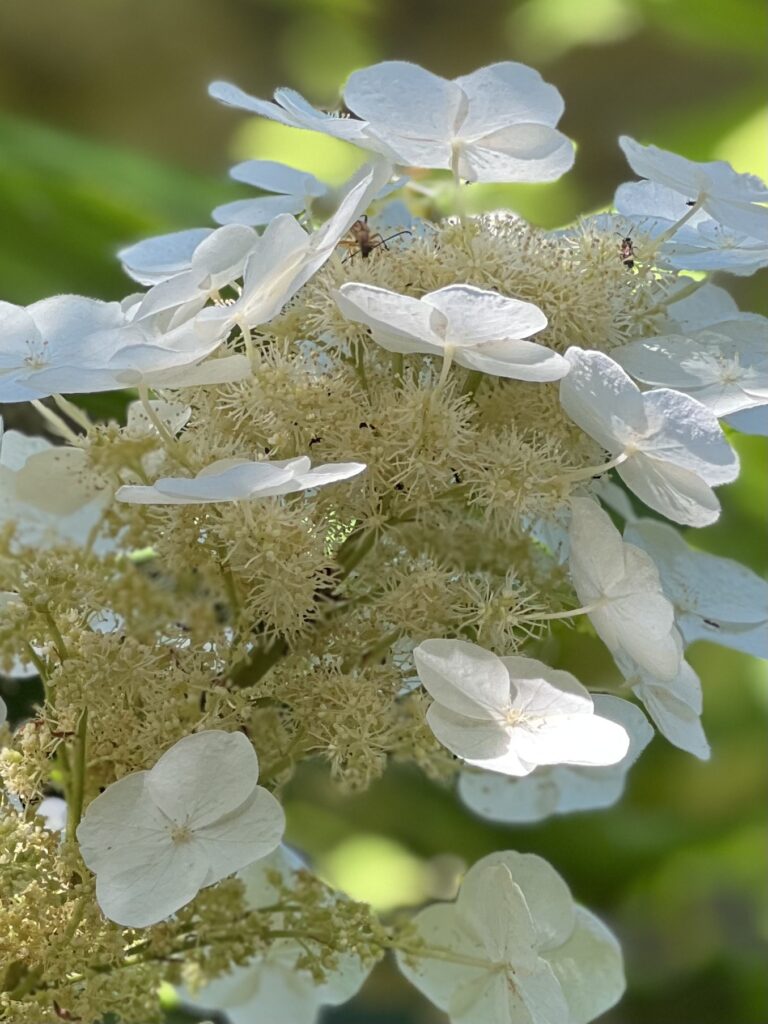
While many gardeners love the big blue and pink flowers of mop-head hydrangeas, those flowers come at a price: they have been manipulated by growers to dramatically increase the number of colorful sterile blossoms, while eliminating entirely the tiny fertile flowers that feed pollinators. Have a closer look at mop-head hydrangeas and you will notice the complete absence of butterflies and bees. There is nothing for pollinators there.
After the fertile inner flowers of the Oakleaf Hydrangea have been pollinated, seeds form inside the flower clusters. At the same time, the sterile outer flowers begin to turn pink. It’s an enchanting sort of garden magic.

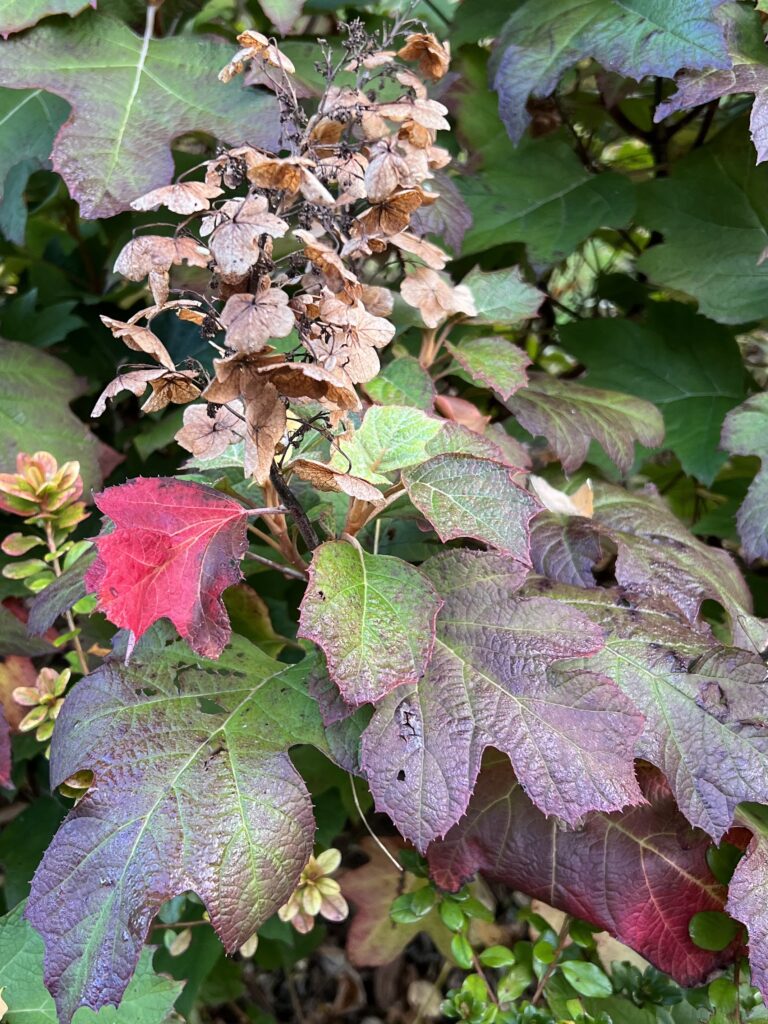
In November, Oakleaf Hydrangea lights up the late-season landscape as no other hydrangea can. When the leaves finally finish their show, they reluctantly fall, revealing cinnamon-brown bark on stems and twigs. As the shrub ages, the bark peels attractively, adding layers of warm brown color for winter interest, and forming a great shelter for winter birds.
Oakleaf Hydrangea really is a “hy-light” of the landscape all year long.

THIS BLOG IS AUTHORED WEEKLY BY CATHY LUDDEN, CONSERVATIONIST AND NATIVE PLANT EDUCATOR; AND BOARD MEMBER, GREENBURGH NATURE CENTER. FOLLOW CATHY ON INSTAGRAM FOR MORE PHOTOS AND GARDENING TIPS @CATHYLUDDEN.



